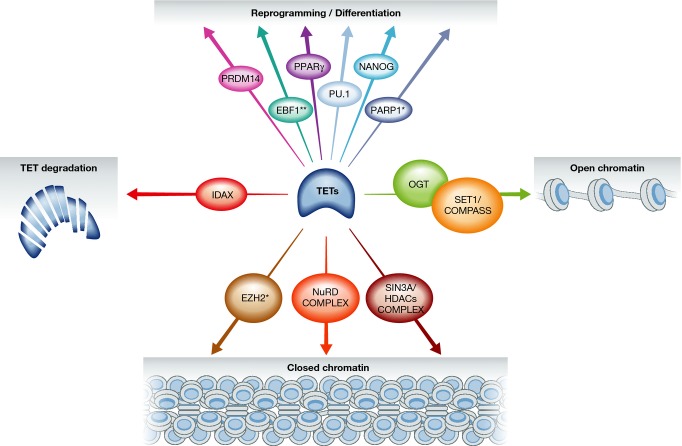Figure 2. The expanding TET interaction network.
Several proteins and catalytically active complexes have been shown to interact with TET enzymes, some having a role in cell reprogramming or differentiation, TET degradation, or in shaping the chromatin landscape by favouring an open or closed chromatin state. Some factors also seem to impact TET function via an indirect mechanism. This is the case for PARP1 and EZH2 (marked with an asterisk). EBF1 is double-marked to emphasize the fact that, although it can play a role in differentiation, the “EBF1-TET” context has been identified in a chondrosarcoma cell line.

